Description
Lychnis Chalcedonia- Maltese New
Lychnis Chalcedonia- Maltese new. A classic cottage garden Herbaceous border perennial producing brilliant scarlet red flowers held in dense upright clusters all summer. Commonly referred to as ‘Maltese or Jerusalem Cross’. Easy to grow and very hardy it will thrive in a wild range of conditions, even next to ponds. 18-36in when if flower. Can be cut back after initial flowering to encourage a second bloom. Excellent for attracting butterflies and bees.
Cultivation Advice
- Plant Lychnis chalcedonica ‘Maltese New’ in early spring or early autumn when the soil is workable and temperatures are moderate.
- Opt for well-draining soil with good fertility. Amend with compost or organic matter for improved soil structure and nutrients.
- Prefers full sun but can tolerate partial shade. Aim for at least 6 hours of direct sunlight for optimal growth and flowering.
- Maintain consistent moisture levels, especially during the establishment phase. Once established, it can tolerate drier conditions but benefits from regular watering.
- Apply a balanced fertilizer in spring to encourage healthy growth. Avoid excessive fertilization, as it might lead to leggy growth.
- Plant seedlings or transplants about 12-18 inches apart. Set them at the same depth as they were in their nursery containers.
- Mulch around the plants to retain moisture and suppress weed growth. Keep the area around the base of the plant weed-free.
- Regularly deadhead spent flowers to prolong blooming. Prune after flowering to maintain shape and encourage new growth.
- Lychnis chalcedonica ‘Maltese New’ is generally resistant to pests and diseases. However, monitor for aphids or powdery mildew and address if detected.
- In colder climates, consider providing a light layer of mulch around the base to protect roots during winter
- Suitable for borders, cottage gardens, or mixed perennial beds. Regular maintenance, including deadheading, maintains plant vigor.
- Pair with other sun-loving perennials or use as an accent plant. Combine with plants that complement its color scheme for a visually appealing garden.
- Division every few years helps rejuvenate the plant and prevent overcrowding, promoting healthier growth and prolonged blooming.
- Lychnis chalcedonica ‘Maltese New’ adds vibrancy to garden beds and attracts pollinators like bees and butterflies, contributing to garden biodiversity.
- The colorful blooms attract various pollinators, enhancing the garden’s ecosystem and providing a lively atmosphere.
- Once established, it displays good tolerance to dry conditions. Reduce watering frequency but ensure adequate moisture during hot, dry spells
- While preferring well-draining soil, this plant adapts to various soil types. However, avoid waterlogged conditions as it can lead to root rot.
- Regularly adding organic matter helps improve soil structure and fertility over time.
- It’s adaptable to different climates but performs best in moderate temperatures. In hotter climates, provide afternoon shade to prevent stress.
- During prolonged dry spells, maintain consistent moisture levels. Water deeply but infrequently to encourage deep root growth and drought tolerance.
- Monitor soil moisture regularly, especially in containers or sandy soils, which might dry out faster.
- Apply a balanced fertilizer in spring to promote healthy growth and flowering. Avoid excessive nitrogen to prevent excessive foliage growth.
- Consistent deadheading encourages continuous blooming and prevents the plant from diverting energy into seed production.
- In regions with harsh winters, additional mulch around the base protects the plant’s roots from freezing temperatures.
- Lychnis chalcedonica ‘Maltese New’ adapts well to containers. Ensure the pots have drainage holes and use a well-draining potting mix.
- Good air circulation is crucial to prevent fungal issues. Avoid overcrowding and space plants adequately.
- Regularly inspect the plant for signs of disease or pest infestations and take appropriate measures if noticed.
- Pair this plant with others that have contrasting foliage or textures. Combining it with lower-growing plants can create an attractive garden display.
- Regular division every three to four years helps maintain plant vigor and prevents it from becoming too dense.
- The colorful flowers attract pollinators like bees and butterflies, making it a valuable addition to wildlife-friendly gardens.


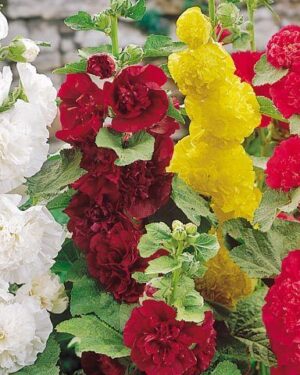
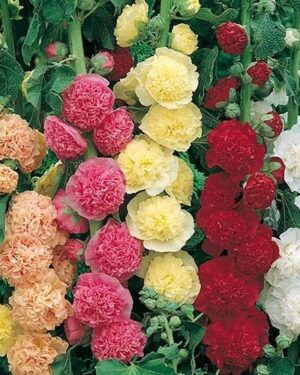

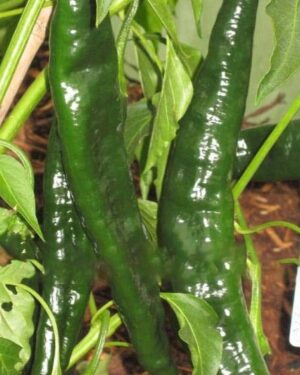

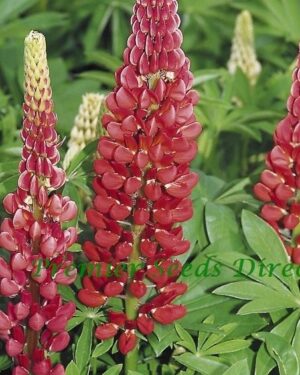
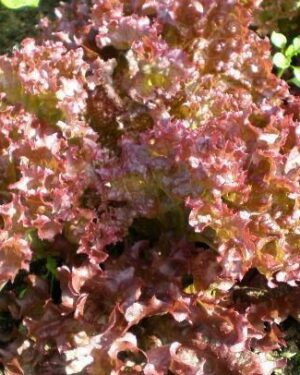
Reviews
There are no reviews yet.